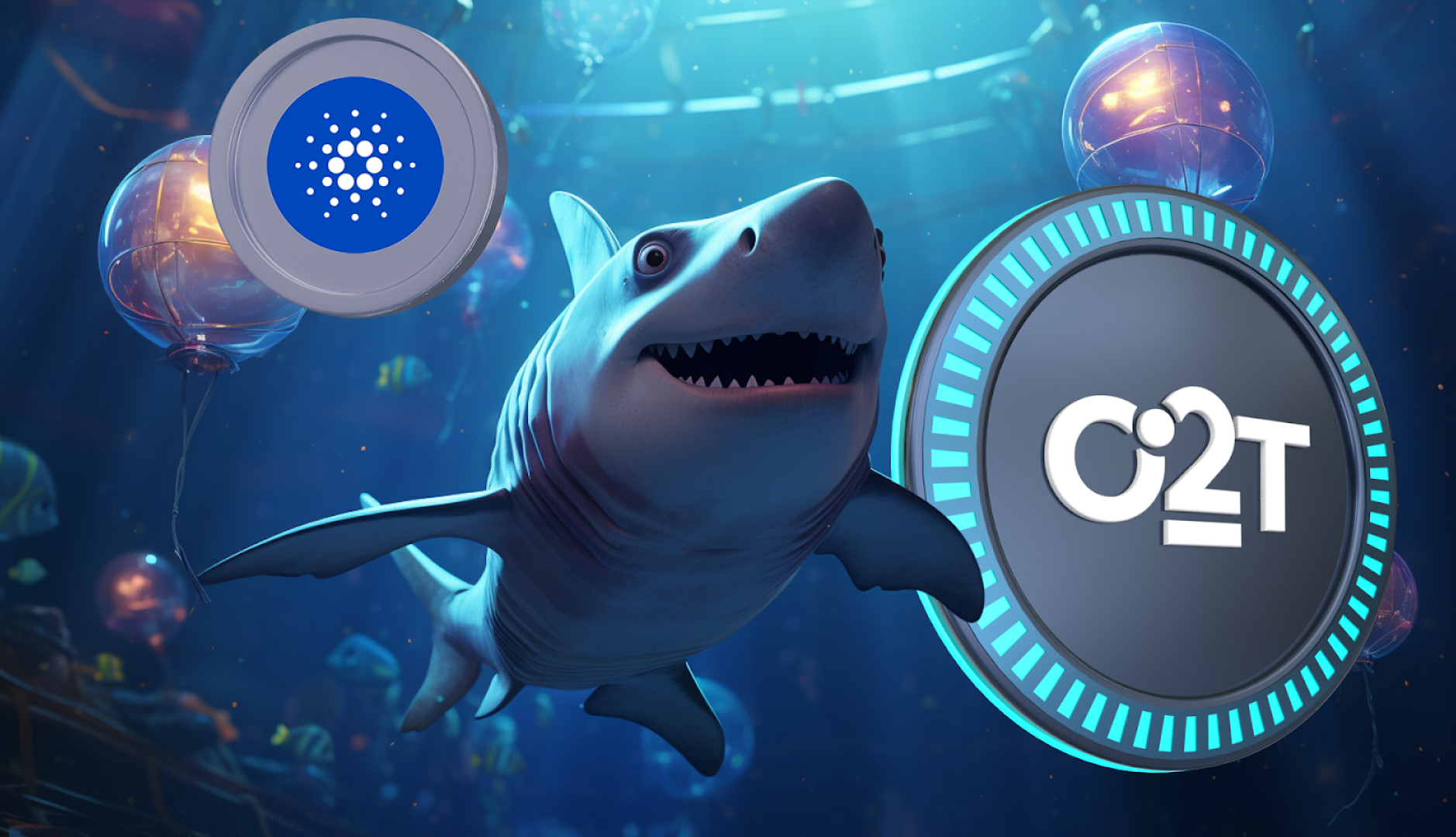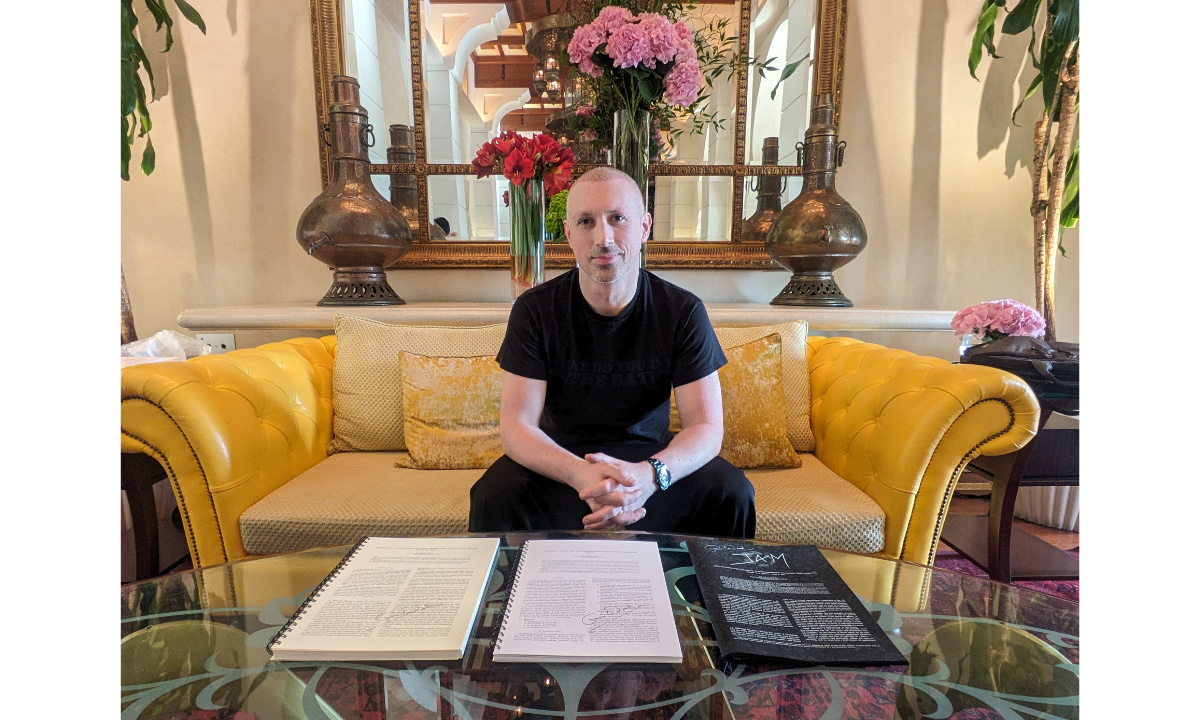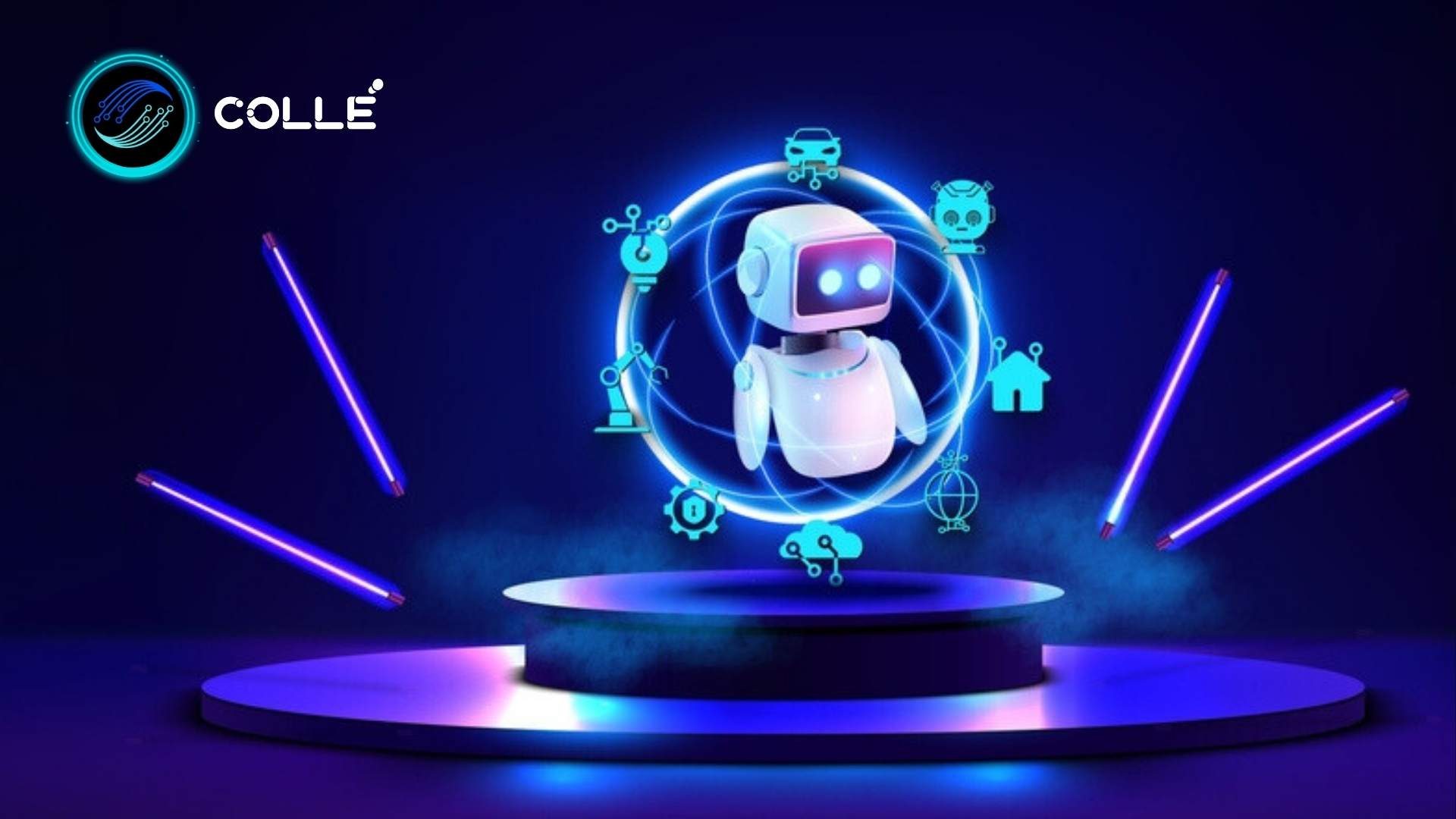
ZK rollups and the Ethereum scaling path. As the cost of using Ethereum increases, the need to scale the network becomes more apparent than ever. Zero-knowledge rollup technology promises to lower gas charges without sacrificing decentralization and security.
Problems with the scalability of Ethereum
High gas fees have become a huge problem for Ethereum.
When transaction fees are paid in ETH, the cost of using the network increases as the price increases. ETH is up 460% this year, which means that transaction costs have also increased 460%.
The transaction fee also depends on the degree of network congestion. Due to the huge demand for Ethereum block space today, gas fees are also high.
The high cost of using the network has led many users to give up DeFi, NFT, and even join DAOs. Many crypto enthusiasts have turned to other Layer 1 blockchains like Solana and Avalanche because of the high cost of Ethereum.
Ethereum Average Transaction Gas Fee | Source: Glassnode
A number of scaling solutions have been developed over the past few years to reduce the congestion on Ethereum and lower transaction costs. Polygon was launched in 2019 and is arguably the first Ethereum scaling solution that is growing significantly in importance. The network uses a scaling solution called Plasma, which offsets transactions from the main Ethereum block chain to a dedicated sidechain. Many Ethereum-based DeFi apps like Curve and Aave were launched on Polygon this year.
Although Polygon has managed to attract users through low fees, it is often criticized for not being a true scaling solution. Polygon uses a proof-of-stake (PoS) consensus mechanism that is controlled by its own set of node validators. This means that Ethereum’s mainnet is not used to validate transactions, so it is generally viewed as less secure and decentralized. There are only 100 validators managed by Polygon. According to data from Polygonscan, the top validator addresses more than 27% of the network.
Top 25 polygon validators by block | Source: Polygonscan
Over the past year, another type of scaling solution called rollups has caused quite a stir in the Ethereum community. Currently, every transaction on Ethereum contains all of the computational data required to interact with the smart contract. With block space limited, Ethereum can easily become overloaded, resulting in slow transaction confirmations and high gas fees.
Rollup offers an approach by offloading computation data and sending valid evidence back to the Ethereum mainnet. This saves block space and enables the bundling of transactions, which further reduces the amount of data that is transmitted to the mainnet. At this point, the gas fee is divided equally between many users. Rollup offers users near-instant transaction speeds and can cut fees by 50-200 while maintaining the security and decentralization of the Ethereum mainnet.
What is Zero Knowledge Rollup?
Rollup has two main models: Optimistic and Zero-Knowledge. The optimistic rollup assumes that the transactions returned to the base chain are legitimate. Transactions will only be rejected if someone following the chain can prove fraud by providing evidence. In other words, Optimistic Rollups takes an “innocent until proven guilty approach” to validating transactions.
In contrast, the zero-knowledge rollup, also known as the ZK rollup, generates cryptographic evidence that proves that transactions are legitimate when they are sent back to the mainnet. Transactions are only accepted on Ethereum after the cryptographic evidence has been validated. In contrast to optimistic rollups, ZK-Rollup implements an authentication method “guilty to proven innocent”.
Currently, Optimistic Rollup has gained the most acceptance, thanks in part to the ease with which applications can be developed on it. Optimistic Rollup can fully support smart contracts and developers can program applications using Solidity, Ethereum’s native programming language. Data from L2beat shows Today, the largest bullish rollup, Arbitrum, attracted more than $ 2.5 billion in Total Value Locked (TVL) in DeFi applications. It is home to many of the most popular DeFi applications on Ethereum.
However, optimistic rollups face some challenges. Due to their approach to validating transactions, funds returned to the Ethereum mainnet have a dispute time of up to a week. This bothers the user and interferes with composability.
Optimistic Rollup has improved compared to plasma-based solutions such as Polygon, but they are generally considered inferior to ZK-Rollup. Optimistic Rollup has a conflict time and offers scalability improvements up to a factor of 77. ZK Rollup has no conflict time and offers improvements up to a factor of 500.
However, ZK Rollup has not yet reached the same level of compatibility as its optimistic counterparts. Since ZK Rollup has valid evidence on every transaction, its technology is more difficult to build. ZK Rollup is designed for simple tasks like transfers and live transactions. Integrating smart contract functions, while possible, has proven to be much more difficult.
This year, Vitalik Buterin predicted that ZK-Rollup will likely take several years to develop before it can be fully synthesized. However, the developers are ahead of schedule. Several ZK rollups are already implementing combinable and interoperable, even cross-rollup solutions.
The development of ZK-Rollup will enable the creation of a common communication framework between the Ethereum mainnet and several Layer 2 networks, in which networks can share liquidity and overcome major challenges during the introduction. ZK rollup-based networks don’t have to compete for liquidity to enable efficient trading across DEXs, but can instead work together to scale Ethereum.
ZK Rollup also has another unique feature: transactions become cheaper due to the way they bill per batch as more people use it. The cost of bulk mailing doesn’t make much of a difference, so gas costs can be shared among multiple users as more transactions are bundled together. ZK-Rollup can handle an almost infinite number of transactions, so that the gas fees for transactions can be reduced to a few cents if there are enough users. This feature is known as Payback With Valid Evidence.
While Ethereum is still faced with scalability problems, several developers are already in the process of implementing the ZK-Rollup Layer-2, which enables full aggregation and compatibility between contracts, smart contracts, other Layer-2 solutions and the Ethereum Virtual Machine (EVM). promises. .
Types of ZK rollups
Two different types of ZK rollup are currently used in Ethereum scaling solutions.
The first and most widely used type of ZK rollup uses ZK-SNARK – non-interactive concise knowledge arguments. SNARK was the first type of ignorance evidence to be discovered; Zcash used them in the First Lane Blockchain project in early 2016. SNARK makes up the bulk of the ZK rollup developer library and published code and is considered a good choice for projects.
A major disadvantage of SNARKs is that they require the ability to create preliminary courses that can be used to produce the necessary transaction records. If the keys are not destroyed in the trusted setup event, they can be used to generate new tokens or forge transactions.
The best-known SNARK-based scaling solution today is the zkSync project from Matter Labs. ZkSync was launched in June 2020 and in its current iteration promises 2,000 transactions per second with the hope of achieving higher throughput in the future. In May, the platform began working towards the provision of smart contracts in an EVM-compatible environment with the introduction of the zkEVM test network.
The main focus of zkSync is to make the transition from the Ethereum mainnet as easy as possible. If you want to develop on zkEVM, you can write smart contracts with Solidity, Ethereum’s programming language. Matter Labs recently raised $ 50 million to support zkSync development in a Series B funding round led by Andreessen Horowitz. In addition, the company has partnered with several Ethereum DeFi blue chips such as Curve Finance, Aave, and 1inch.
STARK uses the second type of ZK rollup – the scalable, transparent knowledge argument. STARKs offer an advantage over SNARKs because they are based entirely on hash functions and do not require a trustworthy setup. This means that STARKs are theoretically more secure than SNARKs, which has made them a favorite with the Ethereum Foundation.
StarkWare was the first company to use STARK to scale Ethereum and is currently a major driver of the development of STARK-based technology (two of StarkWare’s co-founders, Eli Ben-Sasson and Michael Riabzev, co-invented the technology). StarkWare has developed a Turing complete programming language for ZK rollups based on STARK called Cairo. It used Cairo to develop its first product, the StarkEx protocol.
StarkEx is an application specific scaling solution currently used by several Ethereum projects including dYdX, Immutable X, Sorare and DeversiFi. StarkWare publishes StarkNet, a permissionless ZK rollup network that enables developers to create and launch applications directly on Layer-2. StarkNet aims to be a truly decentralized, multi-app scaling solution.
StarkEx are the planets, StarkNet are the constellations | Source: StarkWare
ZK Rollup is about to change the way the crypto community uses Ethereum. As low-cost, high-speed networks such as zkSync and StarkNet become a reality, transactions in the Ethereum mainnet are increasingly being outsourced to Layer 2. This will allow Ethereum to deliver on its vision, …














